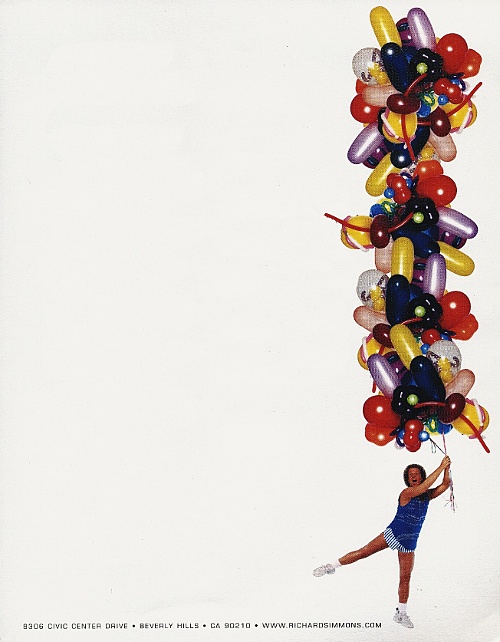How Did Europe Arrive At Futurism? : A Convulsive History of Art & Culture Previous to the Emergence of the Historical Avant-Garde
From one extreme…
The 18th Century: The Age of Enlightenment
Bach “Cantata 29 Sinfonia” (1708)
Nobody ever saw a dog make a fair and deliberate exchange of one bone for another with another dog. Nobody ever saw one animal by its gestures and natural cries signify to another, this is mine, that yours; I am willing to give this for that. When an animal wants to obtain something either of a man or of another animal, it has no other means of persuasion but to gain the favour of those whose service it requires.
–from Adam Smith’s The Wealth of Nations (1776)
Skullfuck’d diary

Every morning I pass a paint splatter that makes me think of the Misfits, but in my version the man had syphilis, an affliction which eventually corrodes the skull. I don’t like punk, or at least I don’t understand it; feels bourgeois almost, like not wearing a shirt and screaming seems like a privilege, and if you still have food at the end of the day, then thank you Safeway and why you bitchin’? When I was 17, it was a pretty bad year. I was listening to hair bands, reading Penthouse letters, and testing my small yellow middle-finger for the first time.
 What you don’t see are decaying leaves on the pavement, as I cropped them for aesthetic reasons. So a long time ago on Tennessee and 22nd st. in the “Dogpatch” area in Potrero district, a painter spilled some white paint on the sidewalk, maybe even accidentally stepped in it, then walked away; he was a contractor probably, who just painted a house he didn’t live in so it didn’t really matter. Maybe that’s god, some guy who painted skin on us, then walked away.
What you don’t see are decaying leaves on the pavement, as I cropped them for aesthetic reasons. So a long time ago on Tennessee and 22nd st. in the “Dogpatch” area in Potrero district, a painter spilled some white paint on the sidewalk, maybe even accidentally stepped in it, then walked away; he was a contractor probably, who just painted a house he didn’t live in so it didn’t really matter. Maybe that’s god, some guy who painted skin on us, then walked away.
A Conversation on Literary Translation with Elizabeth Harris
A few weeks ago, Elizabeth Harris contributed a brief comment to one of Lily Hoang’s posts. Her name was familiar to me because I had been reading Dalkey Archive Press’s Best European Fiction 2010, for which she contributed a translation of Giulio Mozzi’s “Carlo Doesn’t Know How to Read.” I hoped for once not to miss the opportunity to engage an interesting visitor in a conversation that might be interesting to HTMLGiant readers. She graciously agreed to answer a few questions about her work as a literary translator, and about the broader culture of literary translation in the United States.
Harris teaches creative writing at the University of North Dakota. She has translated fiction by Mario Rigoni Stern and Fabio Stassi, and she is currently translating Giulio Mozzi’s story collection, Questo e’ il giardino (This is the Garden) and Marco Candida’s novel, Il diario dei sogni (Dream Diary). Her translations appear or are forthcoming in various journals, like Words Without Borders, The Literary Review, Agni Magazine, The Missouri Review, and The Kenyon Review. Her translation of Candida appears in Best European Fiction 2011.
How did you get involved in literary translation?
I slipped into translation accidently. I studied Italian in college and loved it and kept studying it after I finished college and was working as a cook in St. Paul. I just kept taking classes in Italian. Then, I was preparing to go to Johns Hopkins for creative writing and everyone had to take a language exam; I translated Italo Calvino’s Marcovaldo all summer long, got very distracted/excited by it and thought, “Wouldn’t it be great if I could find a place to study THIS?” READ MORE >
Do you think it’s tacky when contributors have consecutive posts on this website?
Okay so David Wynn Miller is the new J.D. Salinger.
Ornette Coleman on Writing + B/W Films on B/W = Sweet(forgive)ness
Ornette has been writing a book on harmolodics but it’s yet to be published.
Someone should really turn the tables on that one.
Matt Bell’s Catalog of Structures
 I admire the way the stories in Matt Bell’s How They Were Found tackle so many forms. Here is a list of those forms, superficially described:
I admire the way the stories in Matt Bell’s How They Were Found tackle so many forms. Here is a list of those forms, superficially described:
“The Cartographer’s Girl” — a cartographer’s map key as prompt for story fragments
“The Receiving Tower” — nineteen-part structure, which ascends like the tower at the story’s center
“His Last Great Gift” — two-hundred “revealments,” some of which are given directly
“Her Ennead” — nine reflections on the repetition “her baby”
“Hold on to Your Vacuum” –nine chronologically linear “turns” (the one variation is a “not turn”)
“Dredge” — twenty-five chronologically linear crots in close third person on a single character (this is the most “conventional” story in the book, and also perhaps the most emotionally impactful)
“Ten Scenes from a Movie Called Mercy” — ten scenes from a movie called Mercy READ MORE >
At Luna Park, Nicholas Ripatrazone asks: What is the best single issue of any literary magazine? (via Travis Kurowski)
Letterheady
Archive of interesting letterhead designs from famous folks at Letterheady:



